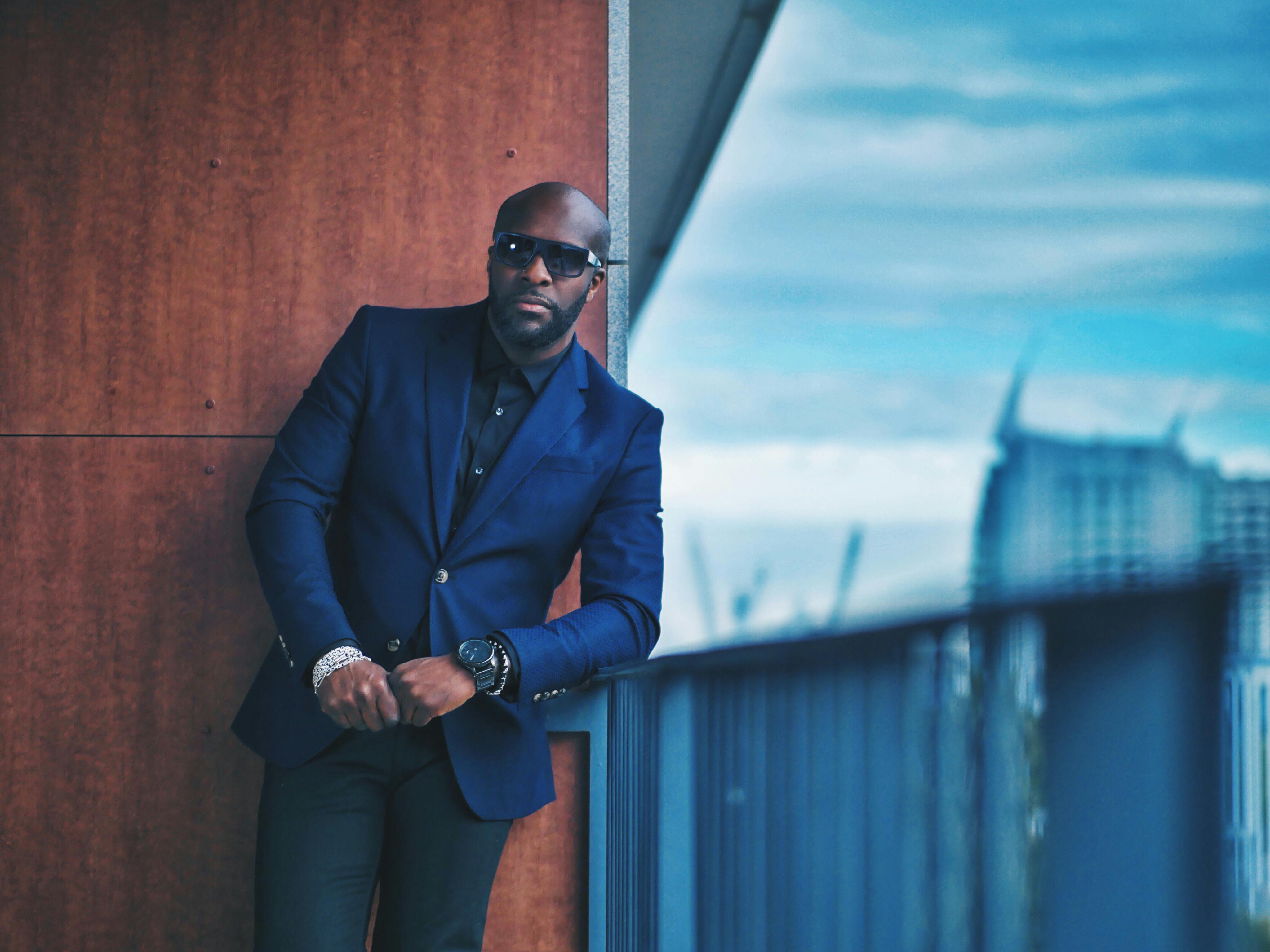A concealer’s job is to hide the things we don’t want other people to see. But depending on what you want to hide and where on your face it is will determine what type of concealer you use and how you apply it. That is exactly what we are going to explore now!
To begin with, we must choose the correct concealer. Choose one that is up to, but no more than 2 shades lighter than your current skin tone and also has a yellow base. Note that we said current skin tone…if your skin tone changes (you’ve been on vacation and have a tan), then you’ll need to get a different concealer that’s up to, but no more than 2 shades lighter than his tanned skin. tone. You could end up looking like you’re wearing Halloween makeup if you go too light with concealer.
If you’re just looking for general coverage and don’t have specific areas you’d like to hide, start by adding a few dots in the inner corner of your eyes and under your eyes near your lower lashes. Tap on concealer and blend well. Hitting is always better than rubbing. You can then continue with the same technique on other areas such as the nose or chin. Wherever you want to put it basically. Do this gradually and start with a ‘less is more’ approach. If necessary, you can always apply another layer…we’ve all seen the pastel effect that can occur when concealer is applied too liberally. Next, take a light, fluffy brush and use it to apply a light dusting of loose powder to help set your look.
Now, if you have specific areas you’d like to cover, we’ll give you some tips on how to manage them. We have listed some of the most common problems and provided very simple and short (but effective) application methods that will make your concealer work that much better for you.
Dark circles: to cover them, do not use a normal concealer. There are concealers specifically designed for this reason. Alternatively, you can try a brightening cream to create a more awake and alert look.
Blemishes/pimples: A good starting point for this is to apply a liquid bandage over the area to give a little extra protection, then gently build up layers of concealer. Don’t apply too much or you’ll just draw more attention to the area (something you’d like to avoid) and then continue to apply a translucent powder.
Scars – If you have scars on your face from acne, hiding them requires some pretty specific application techniques. For a concave or pockmark scar, you’ll need to take an angled brush and dip it into the concealer. To do this, choose a concealer that is one shade lighter than your skin. Fill in the center of the scar but be careful not to go over the edges. After this, dust the skin with a translucent powder. For hypertrophic or raised scars, we recommend using a concealer in the same tone as your skin and tapping it into the scar. This should be followed by a setting powder.
Redness around the nose: To hide any redness around the nose, it’s important to recognize that makeup will often come off more quickly in this area due to oil. Because of this, it’s important to use a setting powder that absorbs oil and apply it after applying concealer. In the winter, if you have dry skin here, be sure to keep it hydrated.



